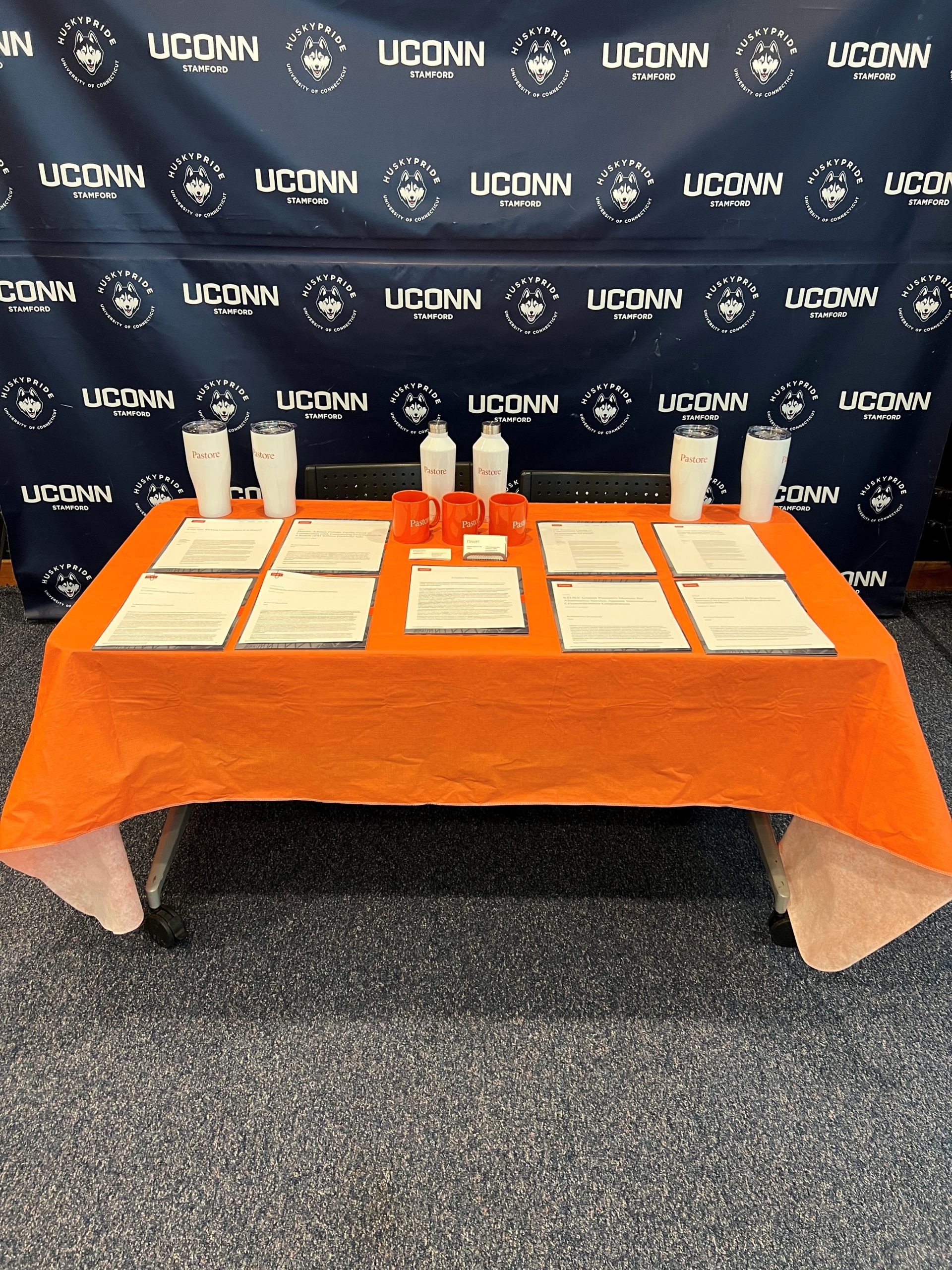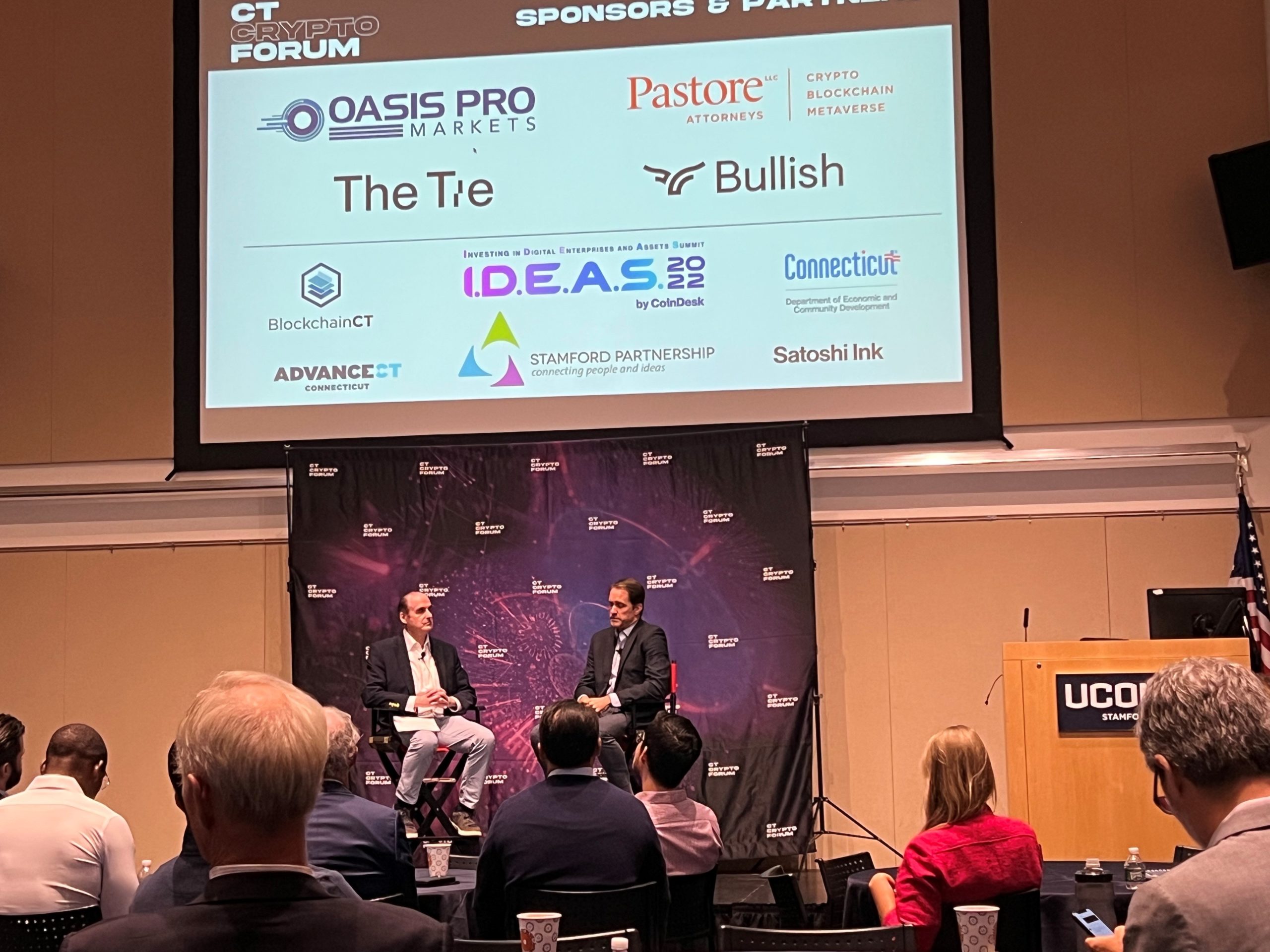Pastore LLC successfully negotiated the separation of C-suite executive from a publically traded Boston based bio-tech company. Key issues involved the vesting of stock options and related plan documents, adherence to Rule 144 in the disposition of stock and the scope of non-competition agreements under Delaware law.
Tag: Firm News
Pastore Defeats Motion to Compel Arbitration
In a decision issued November 9, 2022, the Connecticut Superior Court upheld Pastore’s position against a nationally recognized broker-dealer, holding that a FINRA arbitration provision agreed to by one’s parent does not bind a person that seeks to invalidate that very agreement. As the Court stated, plaintiff’s claims “are personal to her based on alleged tortious and illegal conduct directed toward harming her as a putative beneficiary, not her mother’s interests as the account holder.” The decision strengthens Connecticut’s strong policy against enforcing arbitration agreements against those who have not themselves agreed to arbitrate disputes.
Pastore regularly enforces and defends FINRA arbitration provisions, and is familiar with the intricacies of compelling parties to arbitrate disputes when they have so agreed.
Pastore’s Managing Partner Leads Discussion with Congressman Jim Himes
On September 23, the Connecticut Crypto Forum (the “Forum”) held an event at the University of Connecticut at Stamford. The Forum connects large and sophisticated capital pools with leading players and thinkers across the crypto, defi and Web 3.0 markets to strengthen investor knowledge, understanding and skill. Pastore LLC is proudly a Founder and Sponsor of the Connecticut Crypto Forum. The Forum’s September 23 event was an invite-only session.
In the first half of the event, a panel of speakers discussed the current maturity of the crypto and blockchain markets. The panel addressed the current challenges facing the evolving asset class and concluded that crypto/blockchain assets are still “metaphorically” in their teenage years. The asset class still is characterized by volatility. Moreover, the panelists noted the time of hyper valuation of projects in the industry is over. What follows now is a time of acquisitions. Many companies and projects will likely fail, but the ones with worthwhile technology that lack sufficient cashflows to continue operation will likely be consolidated within larger players and ultimately be poised to make the industry more efficient. However, the panelists agreed that the industry’s best days are ahead of it.
During the second half of the event, Pastore LLC’s Managing Partner, Christopher Kelly, led a discussion with Congressman Jim Himes, an emerging leader in the crypto/blockchain industry on Capitol Hill. Congressman Himes noted the significant attention that crypto and blockchain assets have received in Congress. He noted that he is working with other members of Congress on legislation concerning the industry.
When a member of the crowd asked what should businesses do considering the lack of legal and regulatory clarity surrounding crypto assets, Mr. Kelly gave a poignant response: Don’t be afraid, be transparent and work with counsel to navigate the murky regulatory waters. Pastore, as a thought leader in the field, is positioned to help businesses and individuals plan a path forward despite the uncertainty.


Pastore LLC Welcomes Senior Counsel and Summer Class
On Tuesday, May 31st, Pastore LLC welcomed senior counsel and our summer class to the firm.
Pastore LLC is pleased to welcome Robert Knight as Senior Counsel. Mr. Knight has a wide range of legal experience. Bob was an elected official Municipal Judge serving two four-year terms. Indiana US Senator Richard Lugar, then Mayor of Indianapolis, administered his Oath of Office on each occasion he was elected to office. As Claim Counsel for Aetna Property and Casualty Company, Bob managed national litigation supervising hundreds of trial lawyers and thousands of lawsuits. Bob also as Federal Regulatory Affairs Counsel company spokesperson before federal agencies concerning matters of insurance. As Environmental Coverage Counsel for The Hartford Insurance Company, Bob assisted in structuring the settlement of two five billion dollar aquifer contamination claims. As Special Counsel to Abbott Labs, Bob worked with the principal scientist inventor of Humira documenting patent royalty agreements antecedent to a multibillion Humira patent royalty dispute with Cambridge Antigen Associates in England, co- developer of Humira. Bob is rated a Martindale Hubbell AV Preeminet lawyer where he is ranked in the top 5% of lawyers and American Registry where he is ranked in the top 1% of lawyers in legal ability and ethical standards.
Rachel Neff has returned to office as our Summer Associate. She worked with Pastore as a Law Clerk since September of 2021. She took a break for her finals, a trip home to California, and some time off to enjoy some hiking at our National Parks. She will be full time for the summer.
Stewart Stockdale Jr. joined us as our full time Summer Law Clerk. He completed his first year of law school at the Indiana Maurer School of Law. He graduated from Tufts University in 2019. He spent the two years prior to law school working at Merrill Lynch in White Plains.
Christopher Atuahene joined us as our Summer Law Clerk. Chris completed his first year of law school at New York Law School. He graduated from Southern Connecticut State University in 2020 with a Bachelor’s degree in Philosophy.
Pastore has LLC also welcomed Dan Melillo, as our Summer Law Intern. He finished his Junior year at Skidmore College as a Political Science major with an Education Minor. Dan looks forward to going to Law School upon graduation.
Pastore Sponsors Connecticut Crypto Forum
The Connecticut Crypto Forum has recently been created to advance education and knowledge in this new asset class. The forum will connect large and sophisticated capital pools with leading players and thinkers across the crypto, delfi, and Web 3.0 market to strengthen investor knowledge, understanding, and skill. The mission of the forum is to build a diverse, sophisticated, Connecticut-based community interested in crypto from many angles.
On May 13, 2022, the Connecticut Crypto Forum will be conducting an invite-only session for those interested in the forum to partake in. Pastore LLC is proudly a founder and sponsor of the Connecticut Crypto Forum.
Learn more about Pastore’s Crypto practice



Pastore Calculates RAUM of over $1 Billion for Registered Investment Advisor
This past month, Pastore LLC assisted a registered investment advisor (RIA) with the filing of its Form ADV. In connection therewith the firm assisted the RIA in its calculation of regulated assets under management (RAUM), which totaled over $1 billion. The Securities and Exchange Commission (SEC) uses RAUM as its measurement of assets for registration purposes. However, RAUM has sometimes been misunderstood as representing total assets under management (AUM) for a company, and based on the firm’s experience the SEC itself has sometimes confused RAUM with AUM. RAUM does not include every type of asset that an RIA may manage, and in particular may not include certain real estate investments or investments in portfolio companies controlled by the fund. When assessing the financial condition of an RIA and its funds, it is important to distinguish between the assets counted under RAUM and the assets counted under AUM. An RIA that appears to manage a small volume of assets based on its RAUM may in fact manage a much larger volume of assets based on total AUM.
Joseph M. Pastore III, 2022 New York Metro Super Lawyer
Pastore LLC proudly announces Managing Partner, Joseph M. Pastore III has been acknolwedged on the 2022 New York Metro Super Lawyer List. Mr. Pastore has duly earned this award for his outstanding legal work.
Pastore Files Appeal in New York’s First Department Appellate Division
Recently, Pastore LLC perfected its appeal in New York’s First Department Appellate Division. Pastore LLC represents a celebrity chef in the matter, which involves a contract dispute dealing with election of remedies issues. The chef is well known and has high-end restaurants in New York and Las Vegas, and the issue in the case involves some of his historical publicity. Ultimately, the matter involves sophisticated contractual provisions, and thus the chef hired Pastore LLC to handle these contractual agreements.
Congratulations to Joseph M. Pastore III, Recipient of the 2022 AV Preeminent Rating Award
Pastore LLC proudly announces that for the 12th consecutive year, Martindale-Avvo has awarded the 2022 AV Preeminent Rating to Managing Partner, Joseph M. Pastore III. This honor is the highest possible rating in both legal ability, and ethical standards a practicing attorney can receive. Mr. Pastore has received this honorable award resulting from his dedication to ethical practices, work ethic, and legal abilities he commits to each day as a practicing attorney.
Second Circuit Affirms Jury Verdict Win for Pastore’s Hedge Fund Clients
The Second Circuit Affirms Jury Verdict Win for Pastore’s Hedge Fund Clients in Multimillion-dollar Securities Fraud Case Brought by Billionaire Family Office
On November 15, 2021, the Second Circuit affirmed a jury verdict obtained by Pastore in a federal securities fraud case. This concluded a contentious, multi-year litigation, defeating claims of fraudulent inducement and securities fraud brought against two hedge fund executives by a billionaire family office special purpose investment vehicle. The billionaire family office, the heirs to and founders of a well-known apparel store, had invested in the fund’s General Partner limited liability company.
In 2018, The United States District Court for the District of Connecticut granted a summary judgment in favor of the defendants. The summary judgment was subsequently appealed up to the United States Court of Appeals for the Second Circuit, before being remanded back to, and concluding with, a jury trial in the United States District Court for the District of Connecticut. Pastore LLC was hired for the trial. After two weeks of evidence and 7 hours of jury deliberation, Pastore LLC was able to secure a favorable jury verdict for the clients. The jury had found in favor of the defense on a federal securities claim.
Then, the billionaire family office appealed the jury verdict to the Second Circuit and argued that it was entitled to a new trial because, it alleged, the district court’s abuse of discretion had a prejudicial impact on the jury’s verdict. Among other alleged errors, the billionaire family office alleged that evidence concerning a billion-dollar company investment agreement with one of the world’s largest private equity funds should be excluded. The Second Circuit stated, “the district court instructed the jury ‘the entity that holds an interest in a security suffers an economic loss if the investment experiences a decline in value.’ App’x 559. In other words, the district court instructed the jury that it should find that…suffered an economic loss if it determined that…owned the investment interest in…, regardless of the source of investment funds, and that this investment declined in value.”





